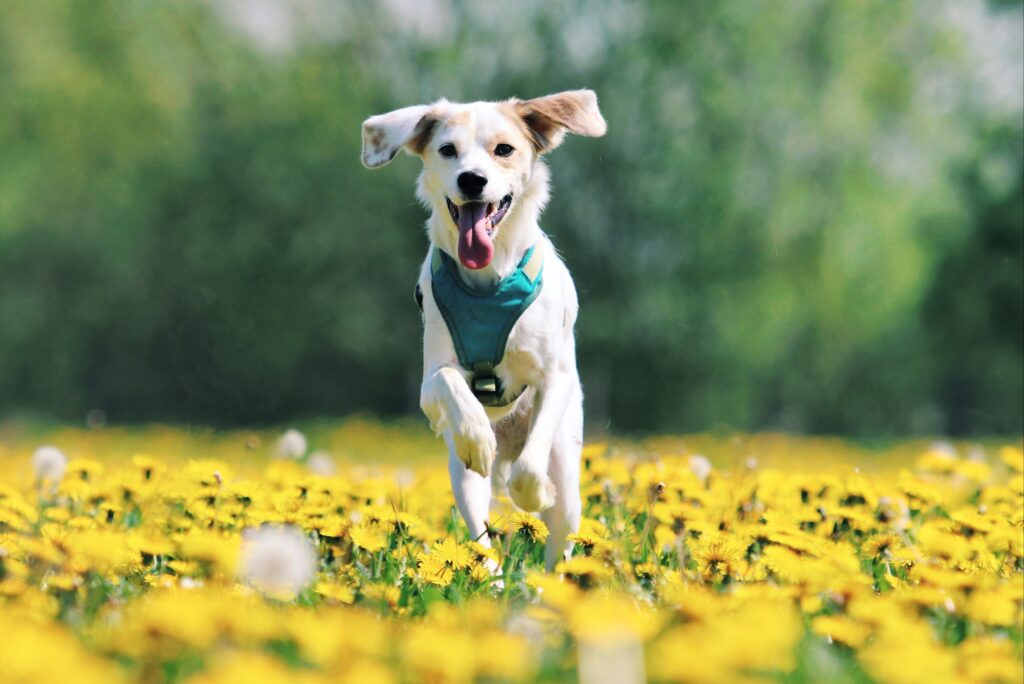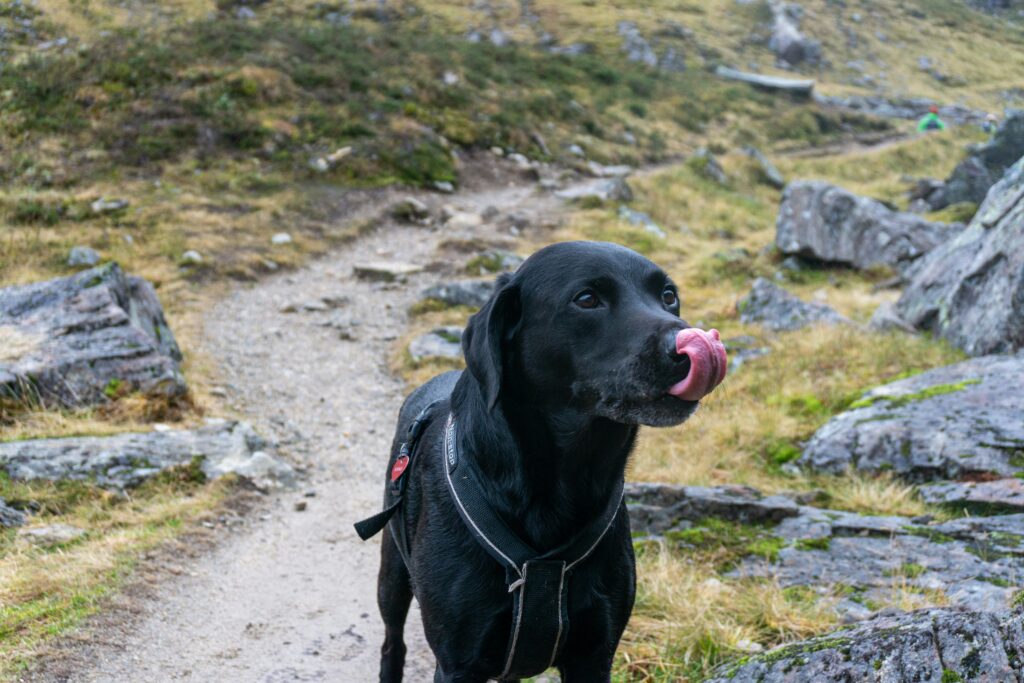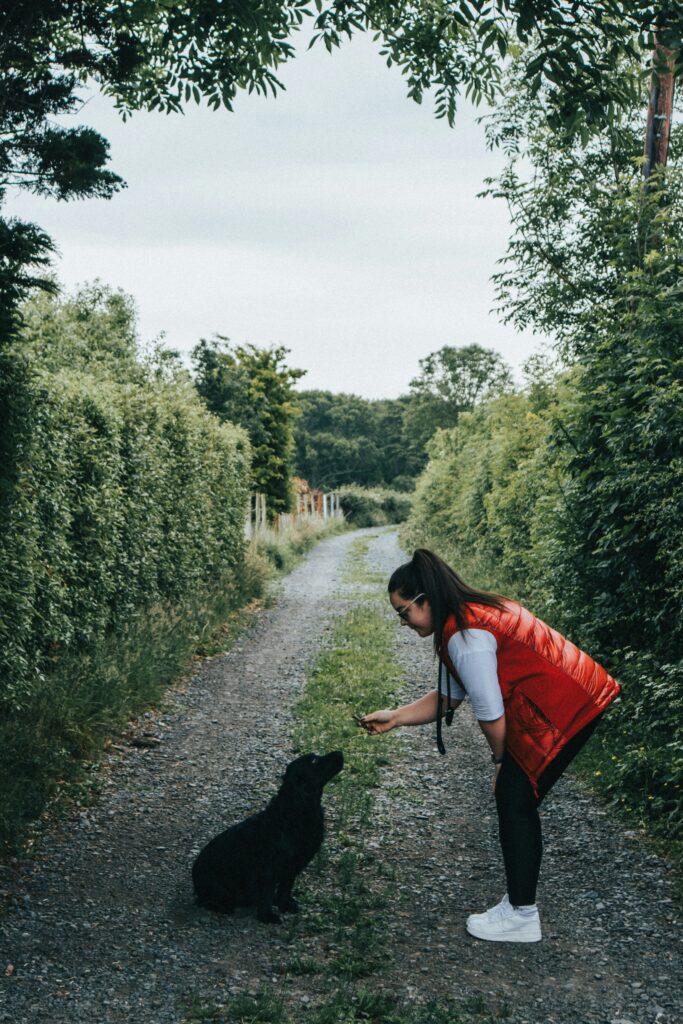Dogs are wonderful companions, but they don’t communicate in words like we do. Instead, they rely on body language, vocalizations, and behaviors to express their feelings and needs. Understanding your dog’s unique language can deepen your bond and help you respond to their needs more effectively. Let’s dive into the fascinating ways dogs communicate and what they’re trying to tell us!
Tail Wagging: Happy to See You!

One of the most recognizable signs of a happy dog is tail wagging. But not all wags are created equal! A wagging tail held high often indicates excitement and joy, while a low wag may signal submission or uncertainty. If your dog’s tail is wagging rapidly, they’re likely thrilled to see you or excited about something. However, if the wagging is stiff or the tail is tucked between their legs, it’s a sign they may be feeling anxious or fearful. Pay attention to the overall body language to get the complete picture!
Barking: Listen Closely
Dogs bark for a variety of reasons, and the tone, pitch, and frequency can give you important clues about what they’re trying to convey. A high-pitched bark often signals excitement or playfulness, while a low growl may indicate warning or discomfort. If your dog is barking persistently, they might be trying to alert you to something, express frustration, or simply want attention. Understanding their barking style can help you respond appropriately to their needs.
Body Posture: Confidence or Fear?
Your dog’s body posture can reveal a lot about how they’re feeling in any given situation. A relaxed dog will have a loose body, with their ears up and tail wagging gently. In contrast, a dog that’s feeling threatened may have a stiff posture, raised hackles, and a lowered head. If your dog appears crouched or is backing away, they may be scared or unsure. Recognizing these signals can help you create a more comfortable environment for your furry friend.
Eye Contact: Trust and Affection
The way your dog makes eye contact can speak volumes about their feelings toward you. Soft, relaxed eyes indicate trust and affection, while wide, dilated pupils may suggest fear or excitement. If your dog is maintaining gentle eye contact with you, it’s a sign of a strong bond and comfort. However, prolonged staring can be perceived as a challenge or threat in dog language, so it’s important to be mindful of your dog’s comfort level when interacting.
Play Bow: Let’s Have Some Fun!
When dogs want to play, they often perform a “play bow,” which involves lowering their front legs while keeping their hindquarters raised. This adorable gesture is a clear invitation for fun and interaction. If your dog approaches you in this position, it’s their way of saying, “Let’s play!” Responding to this invitation with enthusiasm can enhance your bond and provide your dog with the exercise and mental stimulation they crave.
Licking: Affection or Anxiety?

Licking is another way dogs communicate, but it can mean different things depending on the context. A gentle lick on your hand or face can signify affection and bonding, while excessive licking of themselves or their surroundings might indicate stress or anxiety. If you notice your dog licking you, it’s usually a sign of love, but if their licking becomes obsessive, it may be time to assess their environment and see if anything is causing discomfort.
Growling: A Warning Sign
While growling can be concerning, it’s important to understand it as a form of communication. Dogs may growl to express discomfort, fear, or to establish boundaries. If your dog growls during play, it might be a playful growl, but if it occurs in other situations, it’s essential to take it seriously. Pay attention to what triggers the growl and give your dog space if they seem uncomfortable. Understanding this warning signal can help prevent potential conflicts.
The Importance of Context

Finally, always consider the context in which your dog is communicating. Their environment, recent experiences, and interactions with other animals or people can influence their behavior. By observing their body language and vocalizations in various situations, you can gain valuable insight into how they’re feeling. This awareness will help you respond to their needs more effectively and create a stronger bond.
Understanding the language of dogs can transform your relationship with your furry friend. By recognizing their signals, you can respond to their needs, ensuring they feel loved and understood. With a little patience and practice, you’ll become fluent in dog language, deepening your connection and enhancing your pet’s overall well-being!


